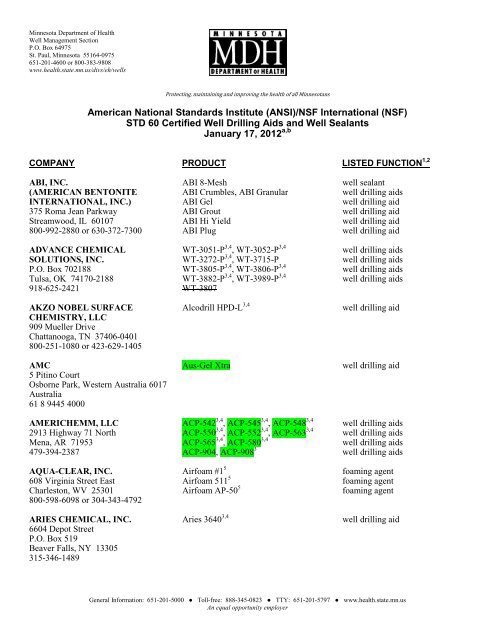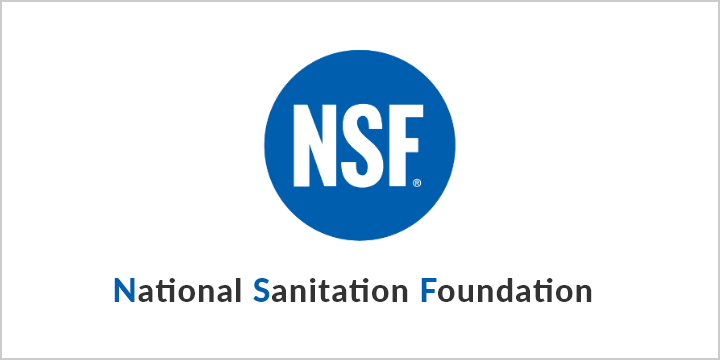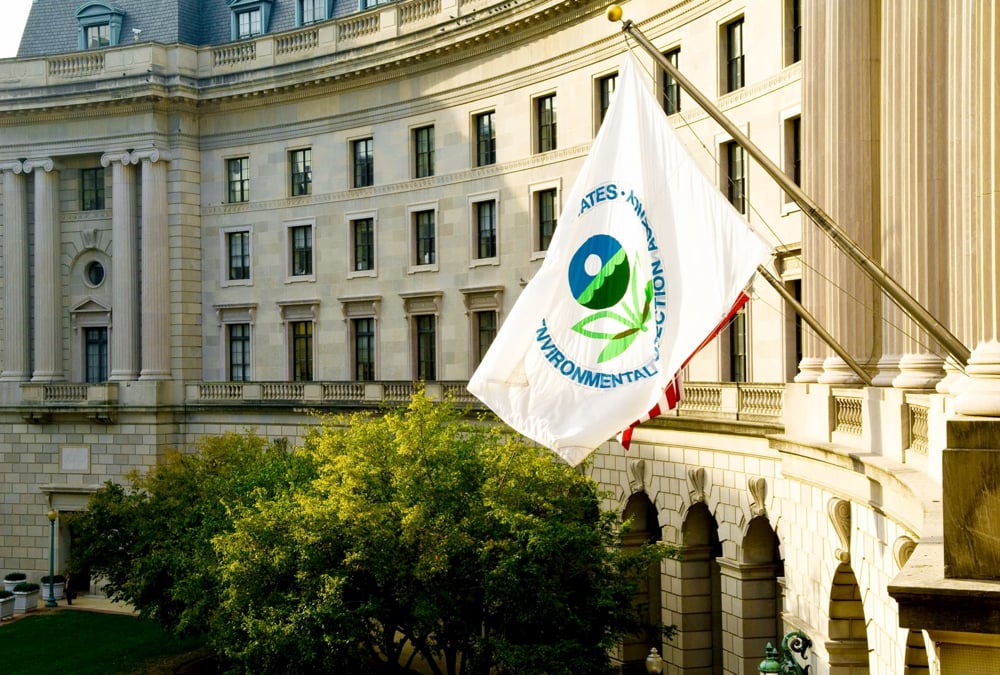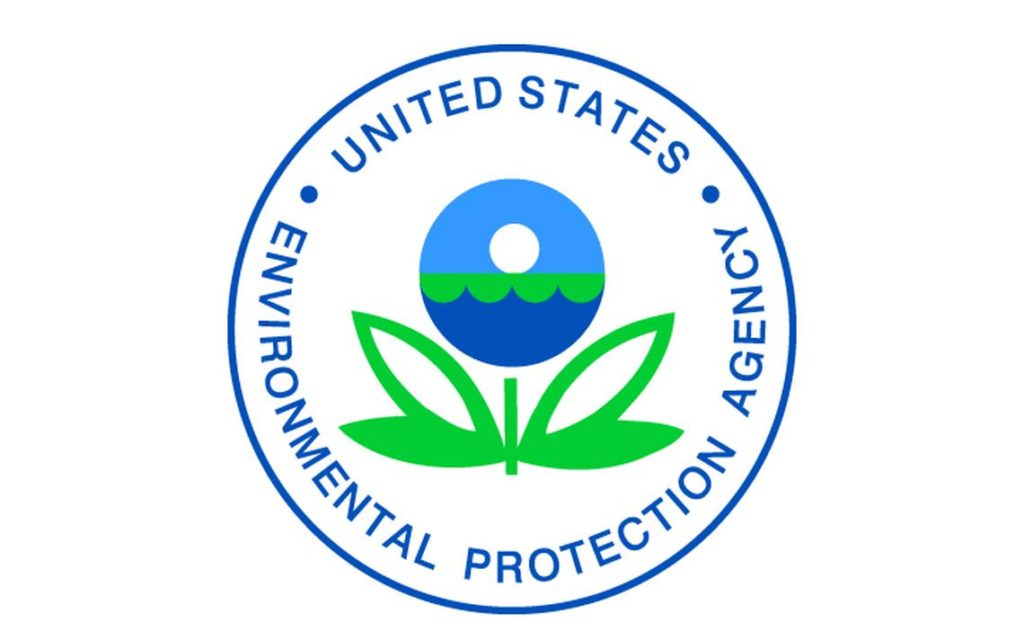1. National Fire Protection Association (NFPA) 96
The National Fire Protection Association (NFPA) 96 is a set of regulations specifically designed for commercial kitchen fire safety. These regulations cover everything from the design and installation of kitchen ventilation systems to the maintenance and cleaning of cooking equipment. Adhering to NFPA 96 standards is crucial for protecting your kitchen and your employees from the dangers of kitchen fires.
2. Food and Drug Administration (FDA) Food Code
The FDA Food Code is a set of regulations that govern the safety and cleanliness of food and food service establishments. This code covers everything from food storage and handling to employee hygiene and equipment sanitation. It is important for commercial kitchens to comply with the FDA Food Code in order to ensure the safety and quality of the food they serve.
3. Occupational Safety and Health Administration (OSHA) Standards
OSHA is responsible for ensuring safe and healthy working conditions for employees in all industries, including the food service industry. OSHA has specific standards that must be followed in commercial kitchens to prevent workplace injuries and accidents. These standards cover everything from the use of personal protective equipment to the handling of hazardous materials.
4. International Building Code (IBC)
The International Building Code (IBC) is a set of regulations that govern the construction and design of buildings, including commercial kitchens. These codes cover everything from the materials used in construction to the layout and design of the space. Adhering to IBC standards is crucial for ensuring the safety and functionality of your commercial kitchen.
5. American Society of Heating, Refrigerating and Air-Conditioning Engineers (ASHRAE) Standards
The ASHRAE standards are a set of regulations that cover the design and installation of heating, ventilation, and air conditioning systems in commercial buildings. These standards are important for maintaining a comfortable and safe environment in your kitchen for both employees and customers.
6. National Sanitation Foundation (NSF) Standards
The National Sanitation Foundation (NSF) is a non-profit organization that sets standards for food safety and sanitation. These standards cover everything from the design and construction of food equipment to the testing and certification of products. Adhering to NSF standards is important for maintaining a clean and sanitary environment in your kitchen.
7. Americans with Disabilities Act (ADA) Guidelines
The ADA is a federal law that prohibits discrimination against individuals with disabilities. This includes providing equal access and accommodations for employees and customers with disabilities. As a commercial kitchen owner, it is important to follow ADA guidelines in order to ensure that your kitchen is accessible to everyone.
8. Environmental Protection Agency (EPA) Regulations
The EPA is responsible for protecting human health and the environment. This includes regulations for the safe handling and disposal of chemicals and waste in commercial kitchens. It is important to comply with EPA regulations to prevent harm to the environment and potential legal issues.
9. State and Local Health Department Codes
In addition to federal regulations, commercial kitchens must also comply with state and local health department codes. These codes may vary depending on the location of your kitchen, but typically cover food safety, sanitation, and employee hygiene. It is important to be aware of and follow these codes to avoid penalties and maintain a safe and clean kitchen.
10. National Environmental Health Association (NEHA) Guidelines
The NEHA is an organization dedicated to promoting the environmental health and safety of individuals and communities. They have developed guidelines specifically for commercial kitchens, covering everything from food safety to pest control. Adhering to NEHA guidelines is important for maintaining the overall health and safety of your kitchen.
Ensuring Food Safety and Hygiene in Commercial Kitchen Design

Meeting the Regulations for Optimal Operations
 When it comes to designing a commercial kitchen, there are many factors that need to be considered. From the layout and equipment to the overall functionality and safety, everything must be carefully planned and executed. However, one aspect that cannot be overlooked is compliance with
commercial kitchen design regulations
. These regulations are put in place to ensure that the kitchen is not only efficient but also meets the necessary standards for food safety and hygiene.
Food safety
and hygiene are crucial in any commercial kitchen as they directly impact the health and well-being of customers. It is the responsibility of the business owner to ensure that these standards are met at all times. This is where following
commercial kitchen design regulations
becomes essential. These regulations cover everything from the type of flooring and lighting to the placement of sinks and food storage areas. Adhering to these regulations not only ensures the safety of the food being prepared but also makes it easier for employees to maintain a clean and organized workspace.
One of the main considerations when it comes to
commercial kitchen design regulations
is the layout of the kitchen. The flow of the kitchen should be designed in a way that minimizes the risk of cross-contamination and allows for efficient movement of employees. This means keeping hot and cold areas separate, creating designated areas for food preparation and cooking, and ensuring proper ventilation to avoid the buildup of heat and steam.
Another important aspect of following
commercial kitchen design regulations
is the selection of equipment and materials. All equipment must meet specific standards for safety and hygiene. This includes using non-porous materials that are easy to clean and disinfect, such as stainless steel, and ensuring that all equipment is properly maintained and in good working condition. Additionally, the use of energy-efficient equipment is encouraged to reduce waste and lower operating costs.
In conclusion,
commercial kitchen design regulations
play a crucial role in ensuring the safety and functionality of a commercial kitchen. Compliance with these regulations not only promotes food safety and hygiene but also improves the overall efficiency and productivity of the kitchen. Business owners must prioritize meeting these regulations to create a safe and successful commercial kitchen that can provide customers with quality food and a positive dining experience.
When it comes to designing a commercial kitchen, there are many factors that need to be considered. From the layout and equipment to the overall functionality and safety, everything must be carefully planned and executed. However, one aspect that cannot be overlooked is compliance with
commercial kitchen design regulations
. These regulations are put in place to ensure that the kitchen is not only efficient but also meets the necessary standards for food safety and hygiene.
Food safety
and hygiene are crucial in any commercial kitchen as they directly impact the health and well-being of customers. It is the responsibility of the business owner to ensure that these standards are met at all times. This is where following
commercial kitchen design regulations
becomes essential. These regulations cover everything from the type of flooring and lighting to the placement of sinks and food storage areas. Adhering to these regulations not only ensures the safety of the food being prepared but also makes it easier for employees to maintain a clean and organized workspace.
One of the main considerations when it comes to
commercial kitchen design regulations
is the layout of the kitchen. The flow of the kitchen should be designed in a way that minimizes the risk of cross-contamination and allows for efficient movement of employees. This means keeping hot and cold areas separate, creating designated areas for food preparation and cooking, and ensuring proper ventilation to avoid the buildup of heat and steam.
Another important aspect of following
commercial kitchen design regulations
is the selection of equipment and materials. All equipment must meet specific standards for safety and hygiene. This includes using non-porous materials that are easy to clean and disinfect, such as stainless steel, and ensuring that all equipment is properly maintained and in good working condition. Additionally, the use of energy-efficient equipment is encouraged to reduce waste and lower operating costs.
In conclusion,
commercial kitchen design regulations
play a crucial role in ensuring the safety and functionality of a commercial kitchen. Compliance with these regulations not only promotes food safety and hygiene but also improves the overall efficiency and productivity of the kitchen. Business owners must prioritize meeting these regulations to create a safe and successful commercial kitchen that can provide customers with quality food and a positive dining experience.




















:max_bytes(150000):strip_icc()/GettyImages-1188568920-056f66c163fc46a19d817eef55d14933.jpg)

























.jpg)




















































:quality(70)/d1hfln2sfez66z.cloudfront.net/12-28-2019/t_2a8d1b30b511413786e2a01de75f4411_name_342952096001_1439356886001_WPXI_634642349119601164_6717612.jpg)


















